Reportar esta entrada
Más sobre la misma comunidad-colección
Jackie Osborne Reina del baile de la secundaria Austin
Jackie Osborne was homecoming Queen for Austin High School El ...
Princesas de la secundaria Austin 1948 - El Paso, Texas
Pictured from left to right First Row: Susan Anderson, Pat ...
Betty Butler la muchacha todo Austin 1948
For the female category of Austin High school's all Austin ...
James Landers el muchacho todo Austin
James Landers of El Paso Texas was named the all Austin boy in ...
Chica más populares Austin High School 1948
Iris Ashton was named the most popular girl in Austin High ...
¡50a fiesta de cumpleaños Daniel Chavira, familia y amigos!
A family night out on a 50th birthday at Ardovino's Italian ...
Muchacho más popular, Peter Faulkner 1948
Most Popular Boy, Peter Faulkner 1948 Peter Faulkner was ...
Austin High School - Girls Varsity Tennis - 1948
First Row : Patsy Robinson, Carol Prescott, Ann Bowling, Sue ...
Club de Ciencias Preparatoria Austin -1948
Pictured in the front row a STEM Minorty; Joan Blackmon was the ...
Las futuras amas de casa de la escuela secundaria Austin
1st row: Menita Smith, June Stallings, Patsy Parker, Evelyn ...
Equipo de basquetbol de la secundaria Austin 1948
First Row: Pete Faulkner, Billy Walsh, Hugh Cardon, Rosendo ...
Ceremonia de inauguración de DIGIE - El Paso, Tejas 2015
Lisa Heinemann and her husband attending the opening ceremony ...
Primera Mujer Suzanne S. Azar - Alcalde 1989-1991
Suzanne S. Azar -Mayor 1989-1991 - Former Mayor of El Paso, ...
Rótulo de venta del Hombre Banano
John K. Lucas selling bananas and he painted his selling sign ...
John K. Lucas "El Hombre Banano" Casa de venta 2015
Mr. John K. Lucas was born in Greece and married Ernestina from ...

















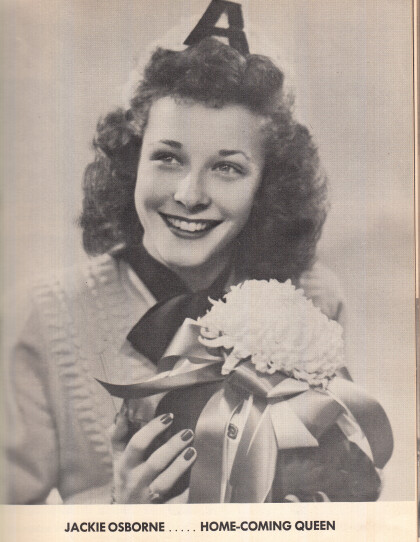
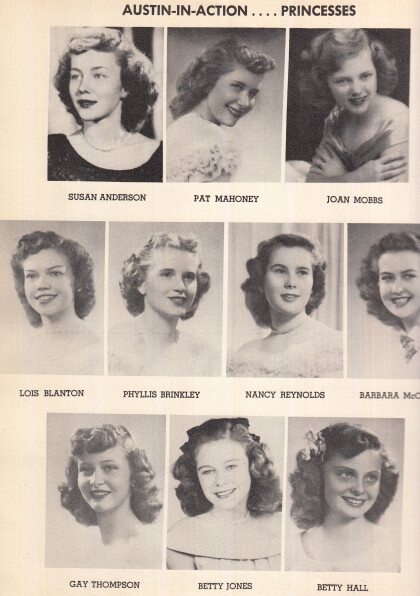
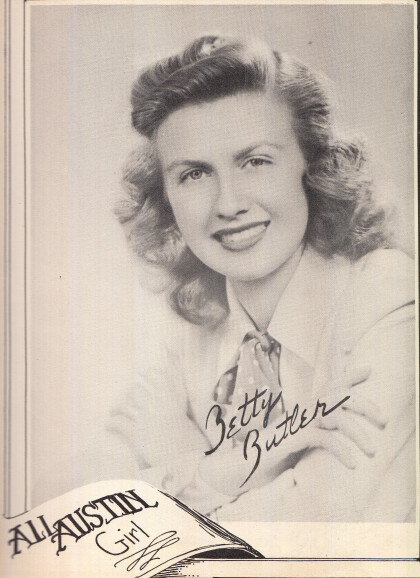
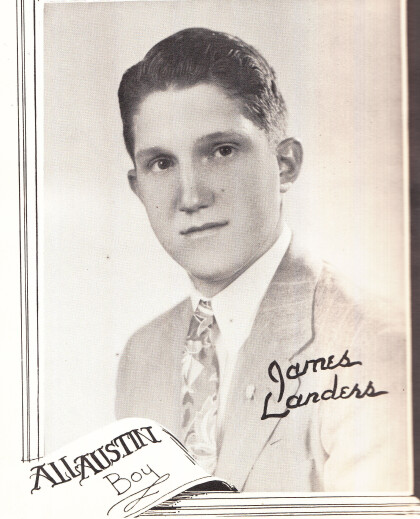


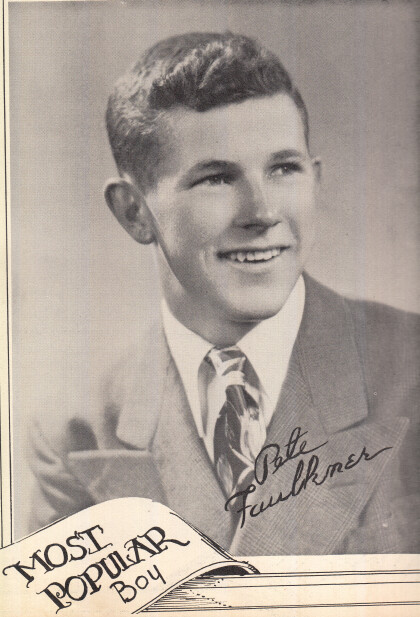
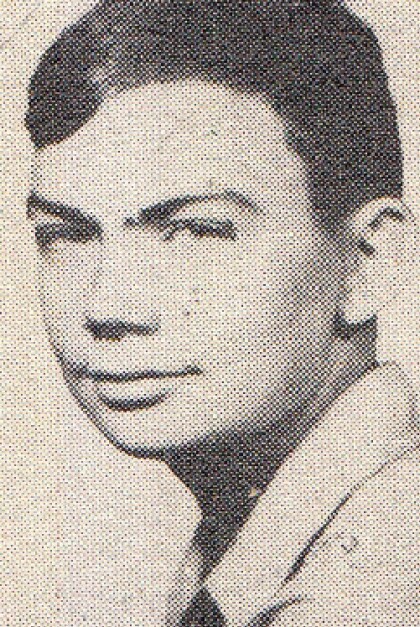

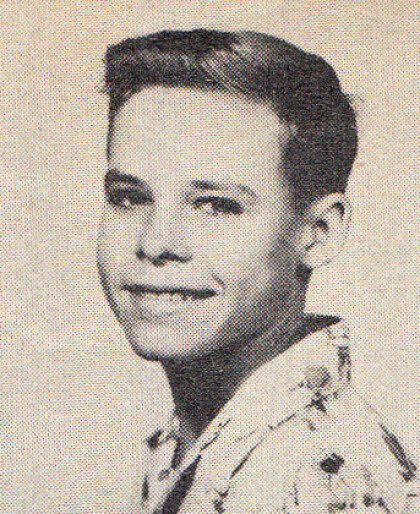
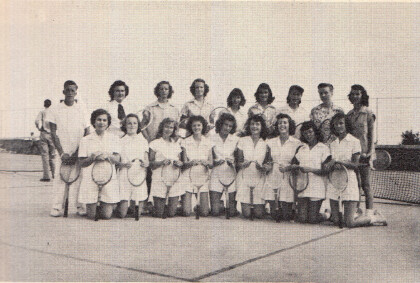
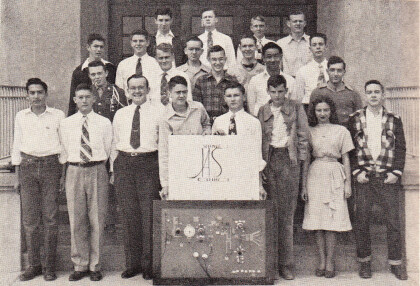
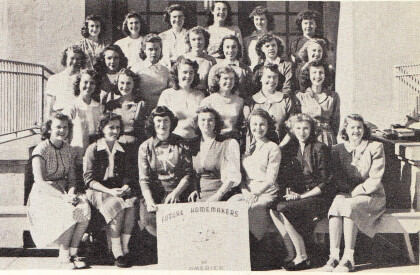
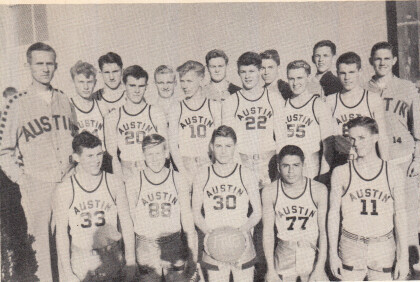

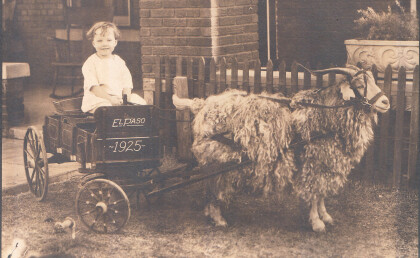
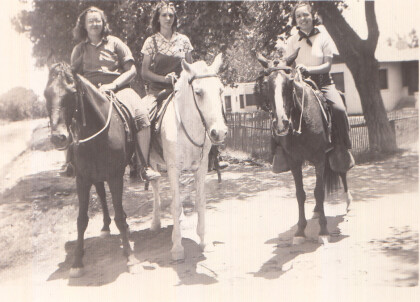
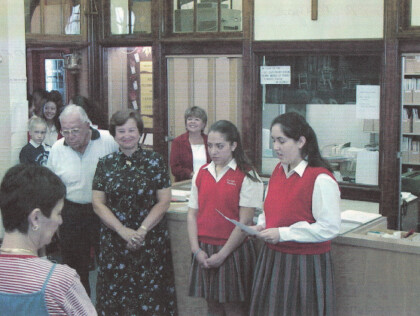
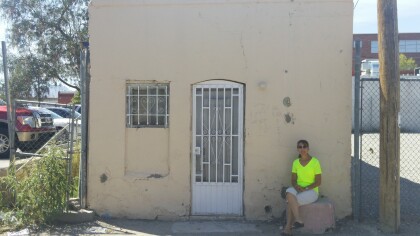
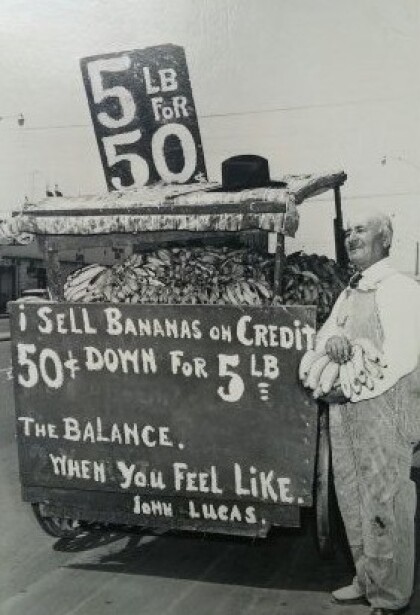
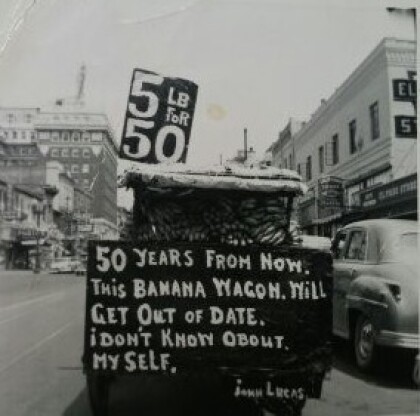
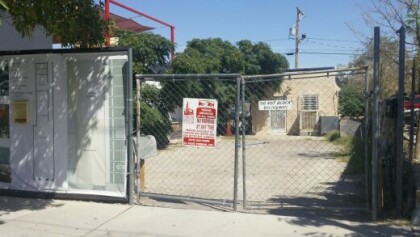
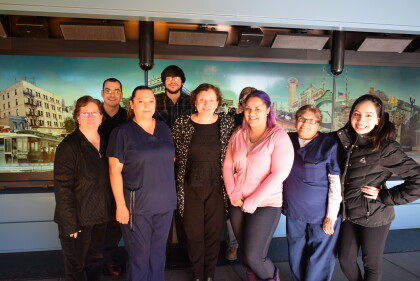
Comentarios
Hacer un comentario